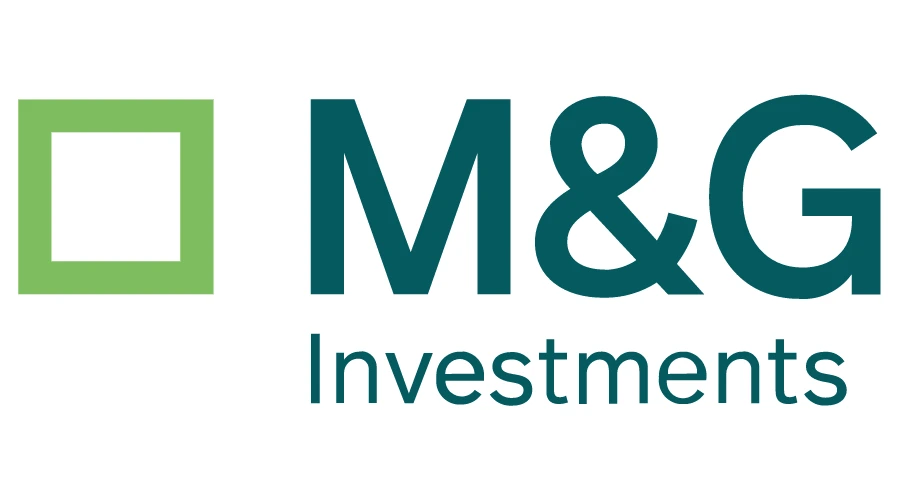It’s not lost on any investor that nearly half the world’s population is set to participate in elections this year, with a select few anticipated to significantly alter a country’s trajectory. With this in mind, we ask, do corruption perception trends matter to investors?
Whether we consider the transformative impact of China’s 1978 ‘Reform and Opening Up’ policy or the ripple effect of the US’s Housing Market Policies throughout the early 2000s, government policies and regulations shape a country’s economic growth, market conditions, and overall business environment. Sound governance, characterised by a stable institutional setting and effective policies and regulations, is the cornerstone of a robust economy. Governance, including corruption, is traditionally regarded as the most material ESG factor.
Understanding the level of corruption perception can provide valuable insights into the governance of sovereign issuers, which can have significant implications for their creditworthiness. Moreover, monitoring corruption trends is crucial for assessing the accountability and transparency of institutions. The International Monetary Fund (IMF) has highlighted that rising corruption can negatively impact government revenues, a trend observed in both emerging and developed economies1.
“It is valuable to compare corruption perception scores with sovereign credit ratings, as the former can potentially influence the latter.”
Corruption can also adversely affect, among others, the level of education or the effectiveness of social spending, which in turn impacts a country’s long-term growth potential and can potentially be reflected in higher cost of capital. Lastly, increased corruption and bribery can deter investors due to the uncertainty associated with obtaining permits and licenses. It can also discourage foreign investors due to the heightened risk and uncertainty. Transparency International’s recent estimates reveal a series of trends worth taking a closer look at.
Key corruption perception trends globally
Northern and Central European countries, along with New Zealand and Singapore, predominantly occupy the top 10 rankings. However, over the past decade, a minor increase in corruption perception is noticeable in most of these countries.
Top and bottom 10 in the Corruption Perception Index (CPI)

Transparency International released its annual Corruption Perception Index (CPI) on 31 January 2024. Based on surveys with experts and business leaders, the CPI assigns scores and ranks to countries based on the perceived level of corruption in their public sectors. It uses a scale of zero (perceived as ‘highly corrupt’) to 100 (perceived as ‘very clean’).
If we look at the 5-year trend, the bottom 10 include developed markets like Iceland, Austria, and the UK, as well as emerging and frontier markets such as Indonesia, Argentina, and Oman. Notably, Azerbaijan has seen a worrying increase in corruption perception over the past five years, and its score has plummeted in the bottom quartile globally. Nicaragua and Syria stand out among the most corrupted nations, for having lost over 10 points in the past five years.
How corruption perception has changed over the last 5 years

Meanwhile, Moldova, Maldives, and Uzbekistan have demonstrated the greatest upward trend in corruption perception, even though their scores remain rather weak. Ukraine’s improvement aligns with EU membership requirements, but its score is still low by European standards. Overall, most of the top 10 improvers have relatively low scores, except Barbados and Cape Verde, where corruption perception is less significant compared to most emerging and frontier markets.
Spotlight on Uzbekistan
In examining the 10-year trend, Uzbekistan stands out as the only country improving its corruption perception over both 5- and 10-year periods.
Uzbekistan has made considerable progress in combating corruption under President Shavkat Mirziyoyev’s leadership. The government has established an anti-corruption body and enacted legislative measures including the National Action Strategy on Five Priority Development Areas and the Law On Combating Corruption.
Despite improvements in rule of law and political stability, alongside corruption, Uzbekistan’s governance remains weak, as confirmed by Freedom House, which describes the country as “an authoritarian state with limited signs of democratisation”2. Freedom House also acknowledges a reduction in small-scale corruption but notes that graft and bribery remain widespread3. The country’s substantial youth population and expanding internet coverage have led to a boom in social networks like Odnoklassniki, Facebook, and Telegram. These platforms facilitate discussions on corruption, which could increase pressure on the government to intensify its anti-corruption efforts.
Does corruption perception impact sovereign credit ratings?
It is valuable to compare corruption perception scores with sovereign credit ratings, as the former can potentially influence the latter. Interestingly, countries like Paraguay, Guatemala, Thailand, Indonesia, and Azerbaijan demonstrate a negative deviation, showing poor corruption perception but not weak sovereign credit ratings. While there isn’t necessarily a direct correlation, as other factors also influence sovereign credit ratings, it is an observation worth noting.
Corruption perception vs sovereign credit ratings

1 International Monetary Fund (IMF), “IMF Survey: Fighting Corruption Critical for Growth and Macroeconomic Stability—IMF Paper”, (imf.org), September 2019.
2 Freedom House, “Uzbekistan”, (freedomhouse.org).
3 Freedom House, “Uzbekistan”, (freedomhouse.org).
The value of investments will fluctuate, which will cause prices to fall as well as rise and investors may not get back the original amount they invested. Past performance is not a guide to future performance. The views expressed in this document should not be taken as a recommendation, advice or forecast.

